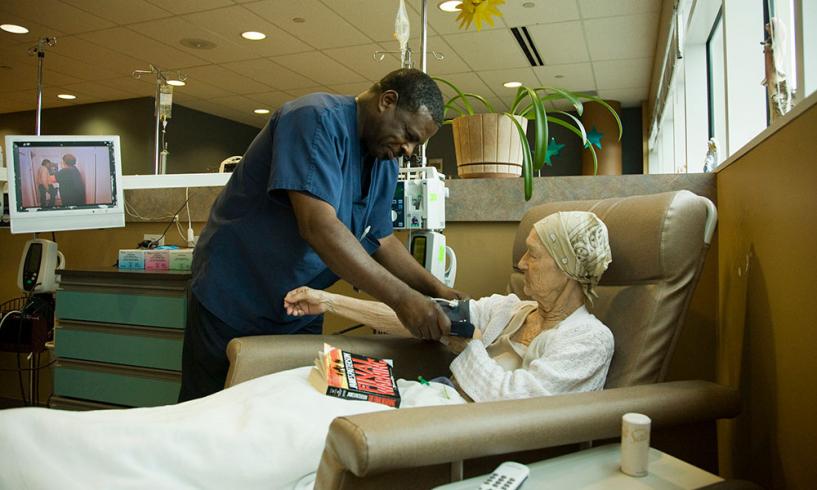Although nearly 60% of all patients with early-stage breast cancer are given adjuvant chemotherapy, only 2%–15% of them receive clinical benefit, according to research published in the 2016 American Society of Clinical Oncology Educational Book.
Historically, providers relied on clinicopathologic factors to determine which patients were more likely to benefit from chemotherapy, but about 30% of breast cancers do not fit into those clinicopathologic categories. However, newly identified gene expression prognostic signatures may more accurately categorize additional types.
The researchers cited both first- and second-generation prognostic signatures that could be used to categorize breast cancer subtypes. They said that both generations provide similar predictions, despite the use of different genes and algorithms.
First-generation: 70-gene profile (MammaPrint), recurrence score (Oncotype DX), gene signature (Veridex), and the Genomic Grade Index. Of these, MammaPrint is approved by the U.S. Food and Drug Administration (FDA) for determining the prognosis of patients with stage I or II, node-negative or node 1- to 3-positive, invasive breast cancer.
Second-generation: PAM 50 (Prosigna), Breast Cancer Index, and EndoPredict. Of these, Prosigna is FDA approved to determine the risk for recurrence from 5–15 years after a primary diagnosis.
The researchers cautioned that prognostic signatures are not recommended as part of standard of care, according to expert guidelines including the National Comprehensive Cancer Network and American Society of Clinical Oncology. Healthcare providers will need to determine when to use them as necessary to make a treatment decision.






